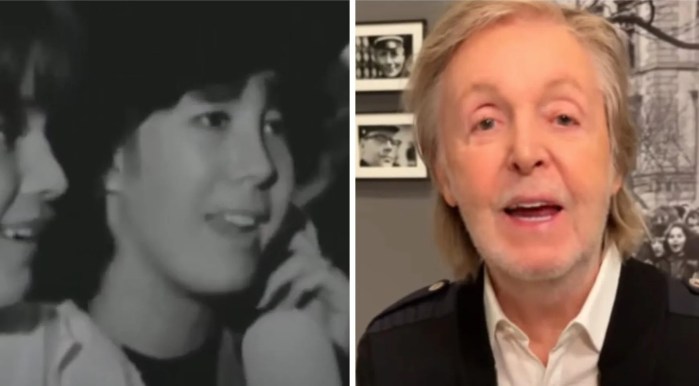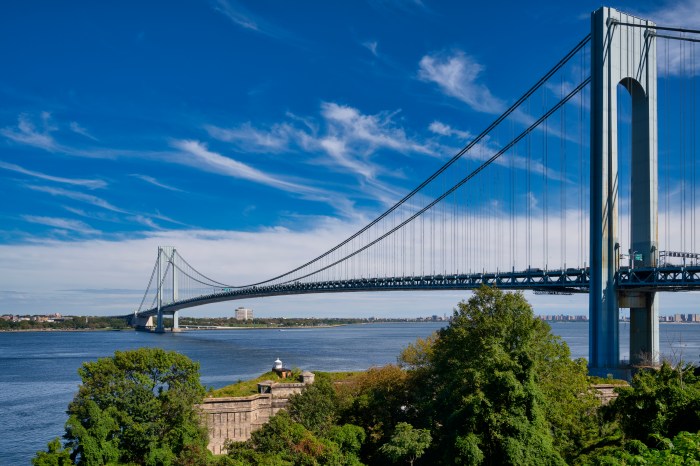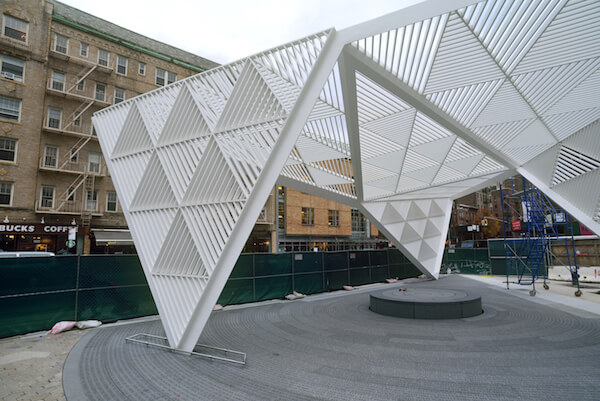While still prestigious, some of the borough’s brightest academic public high schools have lost some luster, according to four-year graduation rates released recently by the state.
Among the high schools whose 2006-07 four-year June graduation percentages were lower compared to their 2005-06 four-year graduation rates were Brooklyn Tech, Edward R. Murrow and Midwood high schools.
All three high schools accept students borough wide, and acceptance to them is highly competitive based on rigorous academic standards.
The Flatbush-based Midwood and Midwood-based Murrow high schools also accept some students who live in the district area.
The 2006-07 four-year graduation rate for Fort Greene-based Brooklyn Tech was 89 percent compared to 94 percent for the 2005-06 school year. The percentage is based on identical 922 students who started at the school exactly four years earlier in both years.
The 2006-07 four-year graduation rate for Midwood High School was 77 percent for 951 students compared to 82 percent for 754 students the year before. In between years, the school added some classroom space.
The 2006-07 four-year graduation rate at Murrow was 64 percent for 928 students as compared to 69 percent for 871 students for the 2005-06 school year.
Graduation rates among the larger schools in southern Brooklyn remained approximately the same between the 2006-07 and 2005-06 school years.
For example, the 2006-07 graduation rate for Bay Ridge-based Fort Hamilton High School based on 1,131 students who entered the school four years earlier was 53 percent, up one percent from 52 percent in 2005-06.
Similarly, the 2006-07 graduation rate for Homecrest-based Madison High School was 63 percent based on 1,042 students, down two percent from 65 percent in 2005-06.
The two smaller high schools that are based around two of southern Brooklyn’s colleges both did well with graduations rates.
These schools include Leon M. Goldstein, whose campus is within the grounds of Kingsborough Community College, and Brooklyn College Academy.
Goldstein, which had only 207 students who started the school four years earlier, saw an 82 percent four-year graduation rate for 2006-7, up three percent from 79 percent the year before.
Brooklyn College Academy, which had only 139 students start the school four years earlier, saw an 86 percent graduate, a drop of two percent from 88 percent in 2005-06.
Some of the more popular mid-range student population schools in southern Brooklyn were within the range of the citywide 2006-07 four-year June graduation rate of 52.2 percent.
Among these were New Utrecht (57 percent up from 49 percent the year before), Abraham Lincoln (50 percent up from 46 percent the year before) and Sheepshead Bay High school (48 percent for both the 2006-07 and 2005-06 school years).
The trouble-plagued Canarsie and South Shore High Schools continued their downward spiral. The Canarsie 2006-07 four-year graduation rate was 31 percent while South Shore’s was 30 percent.
Both Canarsie and South Shore high schools will be broken up into smaller campus schools in the near future, said DOE spokesperson Jacob Andrew
Citywide, the four-year graduation rate among black and Hispanic students increased faster than that of their white and Asian peers.
Overall, 47.2 percent of black students in 2007 graduated in four years, compared to 43.5 percent in 2006 and 40.2 percent in 2005.
This seven-point increase over two years compares to a 4.7 increase among white students and a 4.5 increase among Asian students during the same period.
Overall, 43 percent of Hispanic students in 2007 graduated in four years, compared to 41 percent in 2006 and 37.4 percent in 2005.
Citywide, the four-year graduation rate rose to 52.2 percent in 2007 from 49.8 percent in 2006 and 46.5 percent in 2005.
At the same time, the dropout rate fell to 14.7 percent in 2007, down from 15 percent in 2006 and 18 percent in 2005.
The five-year graduation rate rose to 59.5 percent in 2007 from 55.7 percent in 2006.
“The graduation rate is a crucial indicator of whether our school system is fulfilling its core mission – giving our children the skills they need to become successful adults,” said Mayor Bloomberg.
“After a decade of near-stagnation, New York City’s graduation rate has climbed significantly since 2002. We clearly need to help larger numbers of students to graduate, but the progress we’ve made so far means that thousands more students are graduating today than would have six years ago.”




















